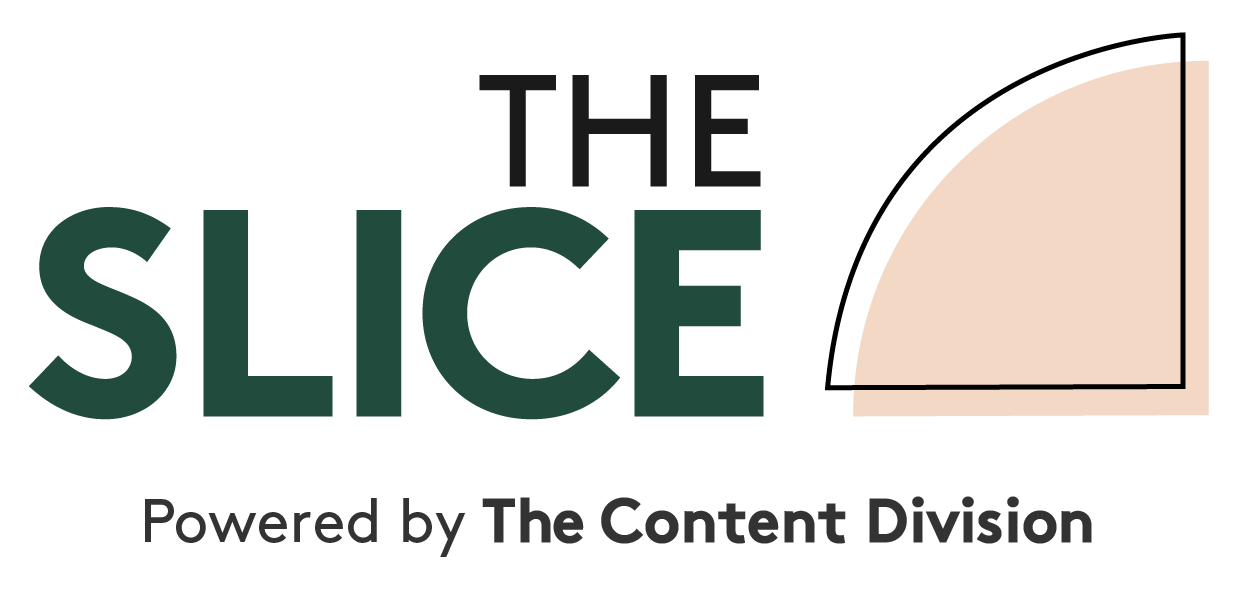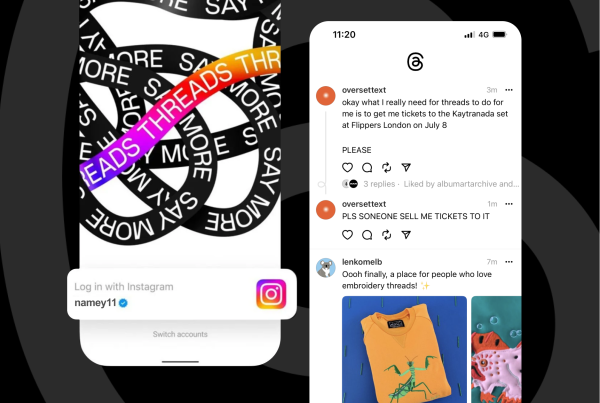
*Cue dracula music*
Horrifying and positively stupefyingly bad content is everywhere.
It sizes you up from the shadows.
It leaps out and attempts to sink its ghastly fangs into your neck without warning.
It misses because you didn’t click on it or watch it in the first place, and quite frankly no one else has either.
Your eyes glaze over as more and more content is flung at you like a vampire monkey flinging its… never mind. You get it.
The truth is it doesn’t need to be like this. But random acts of content are happening every day from brands and individuals desperately failing at craving attention from the many, when the aim should be to hold attention from the few that matter most.
Having a strong content strategy means a fair few ducks need to be in a row to provide the clarity and guidance teams need to execute it effectively.
But one of those things is well researched and strongly focused content pillars. Some people call them content buckets, which more accurately reflects the swill that many brands put in them. But done well, they can stop you from sticking out your neck or, worse, draining your audience of any will to pay attention.
What are content pillars and why do they matter?
Content pillars are a collection of focus areas that align your audience’s needs with your marketing objectives.
And they can almost immediately put a stake through the heart of any random acts of content lurking in your business.
But it also depends on your objectives as to how they are used.
For strategies focused purely on SEO, pillars outline the head topic, core topics and subtopics brands should cover to attract prospects at their different moments of intent.
If that’s all you’re looking to do, you should read this very helpful blog about it.
However content pillars aren’t just about getting SEO results. We have a bit of a saying (and plenty of work to prove it) that SEO is what happens when you focus on creating content for humans. Using that mentality can stop you planning for intent-based search (local supermarkets near me) and have you ready for brand-based searches inspired by you specifically (Nundah IGA closing time Tuesday).
Therefore pillars should stretch beyond what ranks well for a search term. They should permeate through your website, campaigns, social media, emails, customer experience design, marketing and sales functions and your brand.
For example, content pillars for say an independent grocery store like your local IGA could entail four things: Community, Place, People and Price.
Combined, stories within those four pillars can paint a picture for a customer that puts the business in front of them in a friendly way when they’re not purchasing, and in a revenue-focused way when they are.
You can derive all kinds of content from them, but some that spring to mind immediately include stalls or sponsorships at community events that create new stories, social media content or local media opportunities; imagery or video on social channels that promote the place you do business (are you near the beach, near a doctor, near a cafe – anything that partners you up with customer needs); quick stories or profiles on the great people that work there (long-time loyal staff members, staff birthdays, new staff, new managers, trainees); and awesome deals on items they sell through catalogs, email, TV, social video (Avocados on special! Overstocked with Zooper Doopers! Taco Tuesday!) and maybe social ads.
Each story covers an area of the customer journey that aligns with business objectives such as revenue, culture, foot traffic and customer relationships. And all are designed to enhance the effects of long-term brand marketing.
Straight away you can see how by having four simple pillars to follow, random acts of content fly out the window, replaced by effective, strategic and targeted content that is on brand, on message and aligned with business objectives.
What are the best ways to come up with content pillars?
Look, sometimes they are just plain as day. But I had better back that up and say if you have the data to support your pillar choices, then you’re off to a good start.
Data about customers, their behaviours (what time do you close and are you a quicker drive than Coles?), location profiles, price points and the insights you can pull from those things can help greatly. Again, if you’re going down the SEO path then keyword research, search volumes, competitor analysis and winnability of search terms are all factors in how you form pillars.
In the above example, I derived the pillars from the business objectives I assume a grocer would have and then flipped them to be purely audience-focused. If I had to, I’m sure I could find data to support them (for example, IGA probably knows that it has to compete geographically and at a community and relationship level to gain consideration and win attention over bigger stores – that is probably an insight they have from the tonnes of data they no doubt get).
I’m certainly not saying data isn’t important, but pillars are more about how you use the insights to creatively engage with customers across the core areas that will be most effective for you.
For teams, it helps to get buy-in from the C-suite from the very beginning. You could run a content pillar workshop that takes ideas and data insights from people across the business, puts them in front of decision makers in plain sight and allows them to have visibility of the investment marketing is making in being in front of customers on an always-on basis. You can even delve into topics and content types at this point so they can really see that every action marketing is taking is related to their business objectives, their mission and their values.
Doing it this way also stops the marketing team from being seen as the crayon department and viewed as a revenue-creating and strategic part of the business.
So you have your content pillars, what now?
From here, you can truly create a content strategy that sinks its teeth into your customers at the right time but it takes a whole lot more than just pillars.
Business-aligned objectives, tone of voice, content mission, content types, channels, effective content calendars, measurement – a rounded strategy has all of it and pillars help drive them to be ruthlessly effective and focused.





